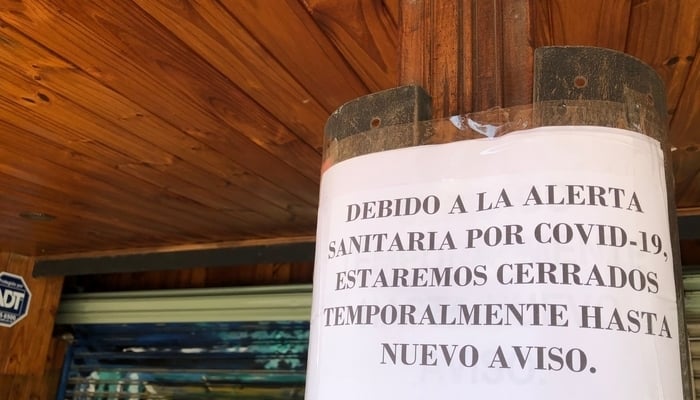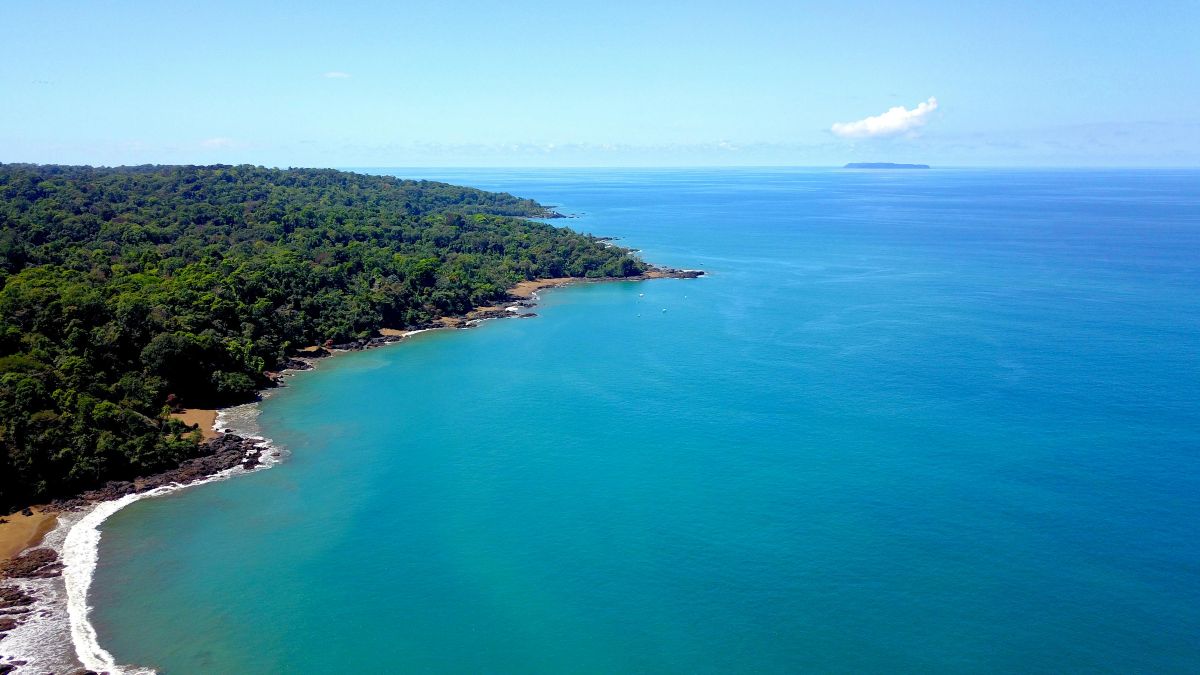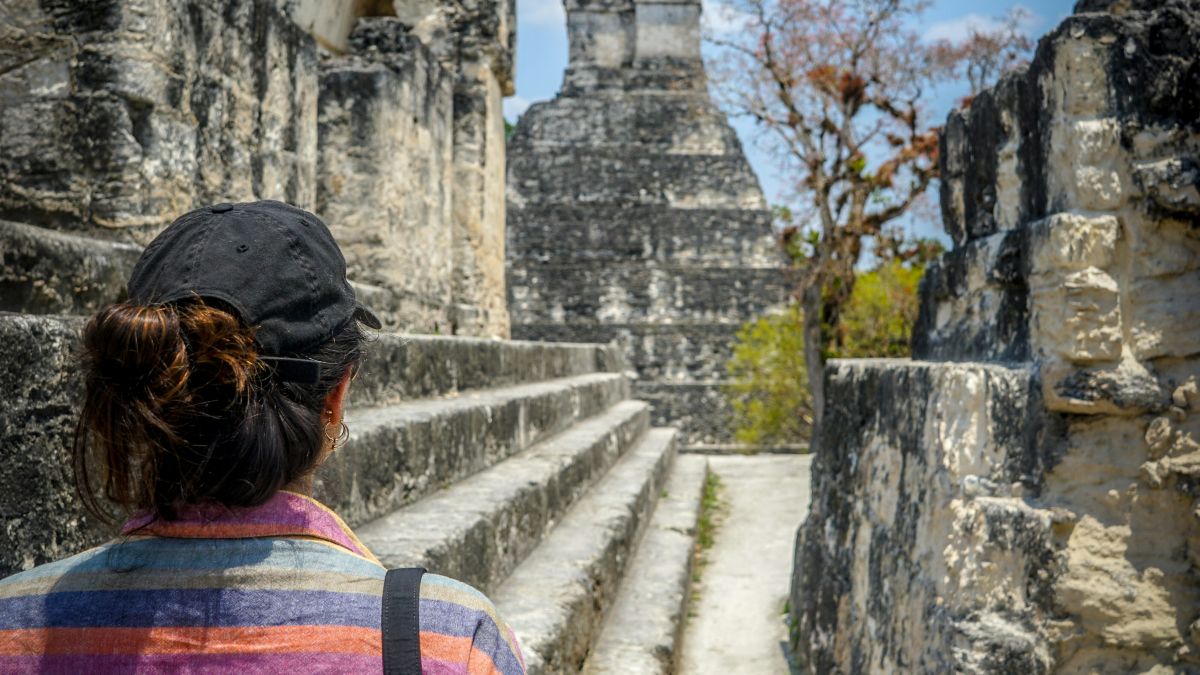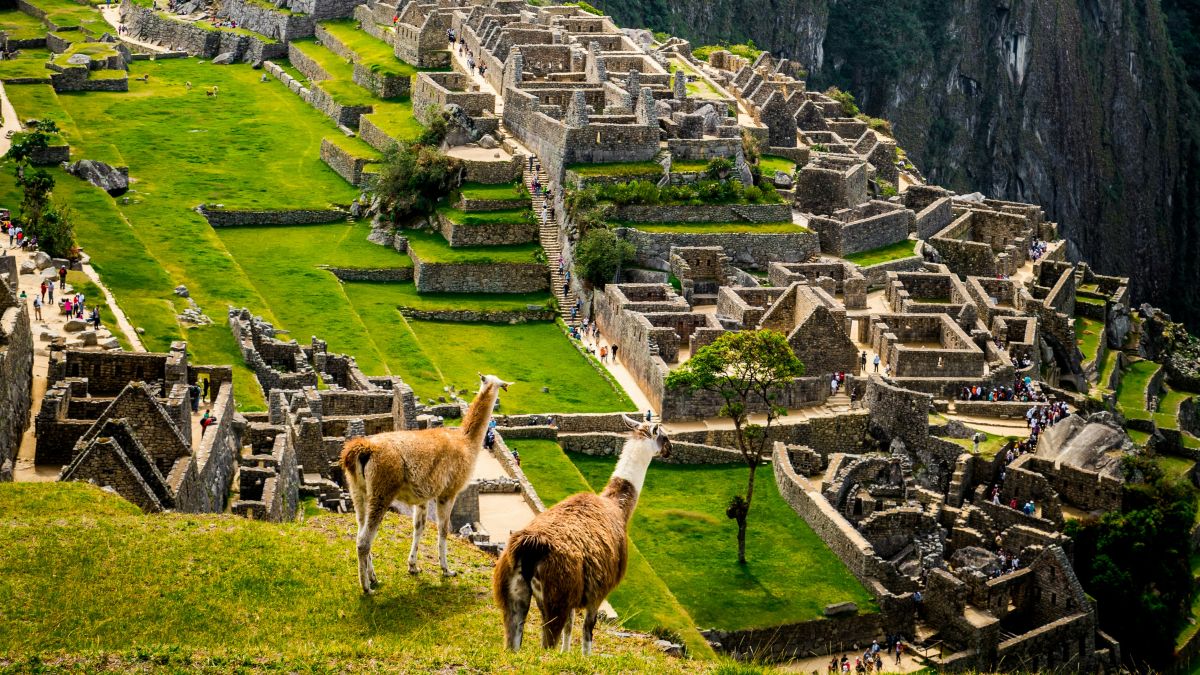The results of a new industry survey show the Costa Rica tourism industry is growing frustrated with a perceived lack of government action and support during the COVID-19 pandemic.
The www.centralamerica.com survey, sponsored by the Namu Travel Group, asked 200 tourist businesses how the pandemic and border shutdown has affected them, and how they they think things have been handled in specific relation to travel and tourism.
The survey (conducted on Thursday and Friday last week before the government moved the latest border reopen date from June 15 to June 30) shows sympathy for what is, after all, an impossible situation, but also shows frustration over lack of support and clarity.
Of the 200 businesses surveyed, 197 answered and offered their opinions on the current situation. Below we’ll break down the answers, but first, let’s look at who answered us:

- – 40%: Direct hospitality business (hotels, hostels, rental homes, etc,).
- – 25%: Tour operators/tour guides.
- – 17%: Travel agencies.
- – 5%: Transportation companies (transfers, car rental, domestic air).
- – 13%: Other business (retail, restaurants, etc.).
“We have little, to say nothing of aid from the government, for the sector that generates 8% of GDP.”
Is the Costa Rican government doing enough?

The first question put to the above businesses was a simple yes or no: Do you think the government is doing enough to support the tourist industry in Costa Rica?
The results here were quite clear: 89% of respondents said no, the government was NOT doing enough to support the tourism industry in Costa Rica, with 11% saying yes, they WERE doing enough.
Many respondents called for more government action to save Costa Rica’s largest industry in the form of government financing of tourist companies in order to halt the massive amount of layoffs that have occurred. Other suggestions included more clarity on the border opening, and a request to stop kicking the can down the road every two weeks.
“There’s no harmony between the health authorities and the rest of the government. There’s clearly a lack of leadership. The fact that decisions are made by public officials with zero impact on their finances or their jobs removes their own objectivity.”
When should Costa Rica resume international tourism?

- – 7% said immediately.
- – 34% said June 15 (this was before they changed the June 15 opening date to June 30).
- – 29% said July.
- – 7% said August.
- – 5% said September or October.
- – 6% said November or December.
- – 2% said Costa Rica should close the rest of the year and open up in 2021.
The remaining 10% of respondents said they didn’t know when Costa Rica should open up again.
What we’re seeing here is that 70% of the Costa Rican tourism businesses surveyed think the borders should open up again before the end of July. Many of these businesses said that if the borders don’t open up before August, there’s a strong chance they won’t survive.
“Open the borders. Carry out a COVID-19 test at all ports of entry. Educate to the maximum that this is going to be one of many pandemics to come.”
The next question concerned layoffs.
We wanted to know how hard tourism businesses were hit by understanding what percentage of their employees they let go. So we asked. Turns out that 64% of respondents have had to let employees go since the borders closed and tourism stopped.
It’s important to understand here that we did not ask for the sizes of these businesses pre-COVID, just what percentage of their staff they had to fire:
- – 15%: Less than 25% of staff let go.
- – 13%: 26-50% of staff let go.
- – 9%: 51-75% of staff let go.
- – 29%: More than 75% of staff let go.
The remaining 32% or respondents answered that they had either let no staff go during this crisis or that they worked on their own and so the question wasn’t applicable to them. Still, looking at this, it’s remarkable to see just how much unemployment this crisis has caused.
Much of the tourism industry in Costa Rica is outside of the capital city, in remote areas. In many of these areas, tourism makes up almost 100% of all employment.
“We need more financial support for hotels. The government needs to ensure access to low-interest credit for all businesses, while international tourism recovers.”
This leads us to the next question, asking how this crisis has affected local communities.

After looking at how many tourism businesses have fired staff since the crisis started, it’s fair to assume that local communities are devastated. That’s what we’ve been seeing in beach communities and other tourist hotspots all over Costa Rica and Central America, where people are now relying on food banks to survive.
36% of respondents reported that their local community was “devastated” by the crisis with 13% saying their local community remained unchanged. The remaining 51% said their communities were doing worse, but not yet facing devastation (20% “very bad”, 22% “bad”, 9% “not good”).
We also wanted to look at the future with our survey respondents, to get a feel of how optimistic or pessimistic they’re feeling right now.
To that end we asked about the outlook for tourism in Costa Rica when the border eventually reopens. Will it be a slow start, or will things bounce back to normal pre-COVID conditions quickly?
Only 6% of respondents expected Costa Rican tourism to return to normal quickly. The majority of the industry expects a long, hard slog to get anywhere remotely back to how things used to be, with 49% of businesses looking at a very slow, very hard few months ahead.
It’s clear the tourism outlook in Costa Rica goes beyond the reach of the industry itself, or even the government. The global recession/depression caused by this crisis might well affect millions of vacation plans in the United States and elsewhere, as people lose their jobs and their savings.
It all depends on how quickly we bounce back after this and whether we’ll have a v-shaped recovery (as opposed to a U-shaped or even L-shaped recovery) or not.

“People feel insecure while traveling, so it will take a while for tourists to return,” said one respondent from a local tour operator. “Costa Rican health authorities are also afraid of losing control of virus infections, so travel will be very restricted and regulated in many ways. The lack of control in Nicaragua is a big risk for Costa Rica.”
There’s no way of telling if the above respondent is correct or needlessly pessimistic. These are pessimistic times. For all the talk about people jumping straight back on the horse again after this, how many will do? How many can do? And yes, the Nicaragua problem is a big one for Costa Rica and probably the number one reason why they’re dithering on opening the borders.
Nicaragua, for those not in the know, has a major COVID outbreak raging coming directly from dictator Daniel Ortega and his wife’s refusal to even admit the disease existed for months.
But there are ways to tackle this, surely. Some respondents suggested opening access to Costa Rica only by plane, and not across its land borders. That way, controlled tourism could resume with safety measures in place.
Then, of course, we need planes flying to Costa Rica again, which means, according to many of our survey respondents, that we need more government action in pushing a marketing campaign to attract airlines and people to fill the planes.
There’s been talk of lowering fuel fees to attract airlines again in the hope they will lower their prices, but Costa Rica itself might need to lower its pricers too, to attract more millennial tourists, people who have been priced out of coming here for years.
“We need to work on consumer confidence, implement and follow biosafety protocols… Start marketing focused on segments or profiles of clients like millennials who are not afraid to travel or experiment… The new tourist is going to be a more conscious, responsible person.”
Despite the pessimism when asked about how hard things will be, only a tiny minority of people said it would be impossible. But it’s going to come down to industry unity (something sorely lacking so far), a new way of selling Costa Rica as a destination, and yes, some government help and recognition of the dire straights that tourism is in right now.
“Costa Rica will be one of the few countries that comes out with a good international image as to how it managed the pandemic. But I don’t think this admiration will equate to visitors. It will be the the same kind of admiration people have about us abolishing the army. Traditional tourists will not travel this year. They’ll come in 2021 and 2022. We won’t see the numbers we were seeing before the pandemic for another three or four years,” said one travel agency respondent.
“At the same time,” the travel agent continued, “It will grow again as the tourist investigates and appreciates Costa Rica. He’ll be more confident to come here. But it won’t happen until much later. The economy will not grow in the next 24 months, it will recover very slowly. Much more government support is required towards the hotel sector and more taxes and controls are required from digital platforms.”
The fact is, many tourist businesses feel set adrift from the government, with no assistance and no hope given. This has to stop and stop now.
What is the main obstacle that tourism in Costa Rica is facing right now?

The obvious answer here is COVID-19. In fact, many of our survey respondents answered this open-ended question exactly that way. But wits aside, we wanted to see how the industry would answer this.
“The tourism sector is calibrated to receive international tourism. The majority of businesses in our beach community (Southern Caribbean) will not survive by only catering to nationals. My business has had no income since March 17. Zero. While the country has been successful in containing the virus I’m puzzled by the non-existent support to the tourism sector that is the backbone of the entire economy in the Caribe Sur. It’s imperative that low interest loans are made available specifically to our sector otherwise unemployment will remain permanent due to business being unable to reopen after the pandemic.”
“The main obstacle is the closing of the borders and the uncertainty that exists at the moment.”
“We’ll have to lower costs, analyze prices and security,” said another tour operator. “Costa Rica will have to start from scratch.”
“The main obstacle is the uncertainty as to when international borders will reopen, and what real help the government will provide, since the local market is not sufficient to sustain most businesses due to high costs.”
How would YOU solve the tourism crisis?

Our final survey question was another open-ended one, offering participants the chance to expand on how they would solve this crisis.
Again, it came down to – for the majority of respondents – unity, teamwork, and some sense of support/certainty from the government. People are looking for help in terms of tax relief, loans, and ways to cut costs to receive tourists again for less money. But most of all, they need representation.
“Prepare for an increase in cases, but open NOW. We are starving more than the virus.”
“Open borders and apply protocols. Effective international promotion.”
“Incentives for airlines applied to the passenger so that they can offer cheap tickets and reduced taxes for the tourism sector.”
“Open up like Iceland and Italy are, requiring a clean bill of health before getting on the plane. Three months without business has been brutal – we can’t keep going like this.”
More than a few people mention some form of “bubbling”, meaning creating “bubbles” of countries with similar COVID experiences to share visitors between. The UK and France are looking at something like this. Would that work for Costa Rica one the borders are open? It’s hard to say.
Another thing people seem united on when it comes to solutions, is some aggressive marketing. Should they trust the ICT to do this? Or should they go it alone? Either way, without drastic price cuts, any domestic-tourism campaign is bound to fail. And to facilitate price cuts, again government action is needed. It’s a vicious circle.
But more than anything, people want certainty. That’s hard in an uncertain world, we know. But we also know that a country that relies on tourism and doesn’t have tourism will end up in a very bad way, very soon, and hundreds of thousands of lives are at risk.
The tourism industry in Costa Rica is not a bunch of money-over-health mercenaries.
It’s been at the brunt of laying off loyal staff these past three months and has seen the hurt and desperation in peoples eyes more than anyone else in Costa Rica. This is why it’s angry right now at such lack of support. It fears no-one is hearing it’s voice.
We will be highlighting that voice as much as we can as this crisis progresses. If you’re interested in chatting to us, please contact us. Or better yet, send us a video!
Over the coming days we’ll be following up with interviews, speaking to some respondents who expressed interest in voicing their opinions further.
“There is no right formula, we have to work together, request government support and promote.”




